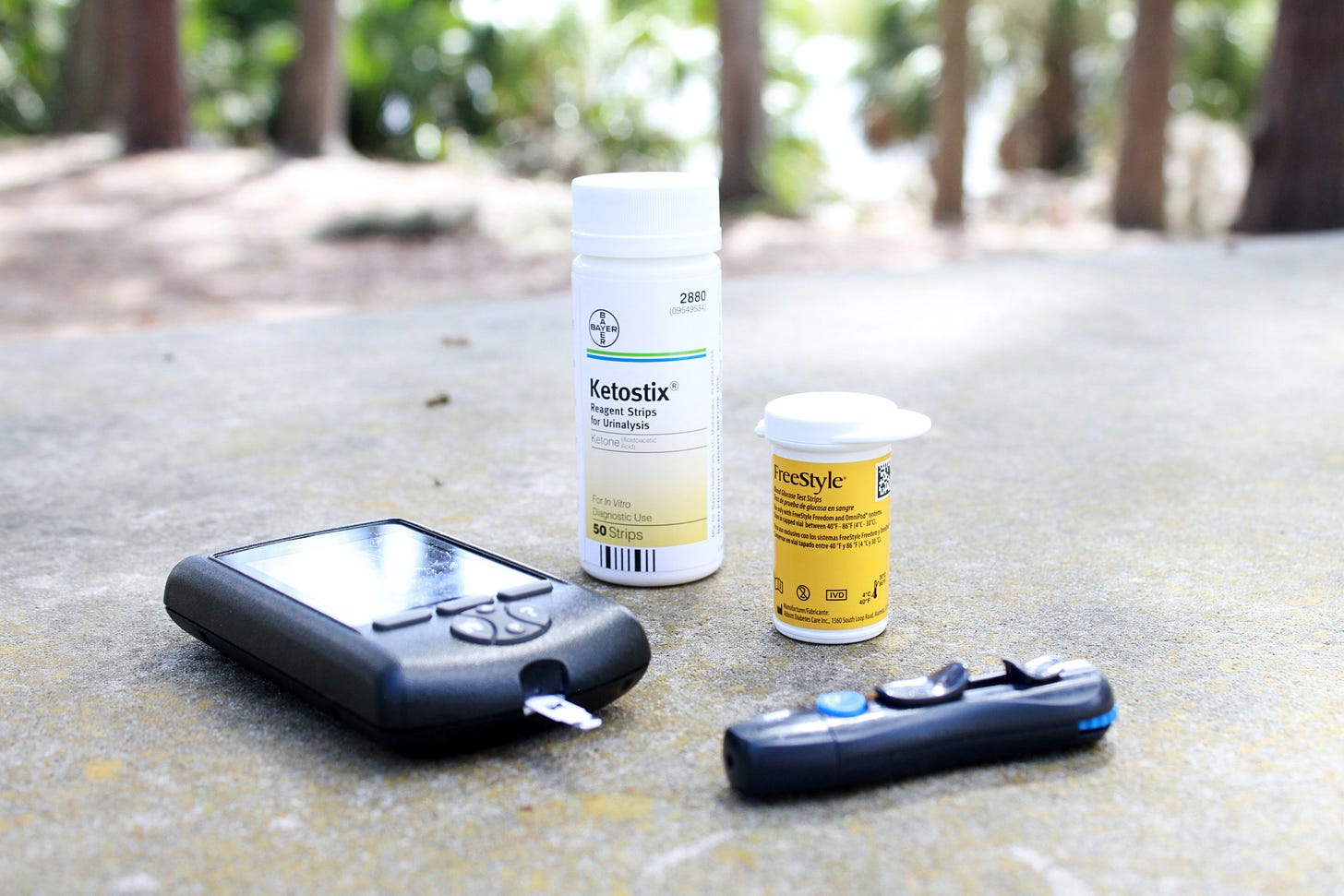How bad is prediabetes in the elderly?
Prediabetes is common in older adults. However, the progression from prediabetes to diabetes is uncommon and the regression to normoglycemia or the progression to death was more frequent. Interesting?
We tend to think of risk factors of poor health outcomes, such as prediabetes, are bad regardless of age. In this study below the prevalence of prediabetes in older adults is high, but the progression from prediabetes to diabetes is uncommon. Remarkable the regression to normoglycemia or the progression to death was more frequent. There is evidence that this type of observation may extend to other cardiovascular and hence cerebrovascular risk factors, for example, systolic hypertension. Does this mean we should move to age-dependent risk calculators if we want to advise our patients about their potential health outcomes or the focus of preventive healthcare be different in older adults? This study provides some food for thought and challenges some of the principles of preventive healthcare.

Veronese et al. Risk of progression to diabetes and mortality in older people with prediabetes: The English longitudinal study on ageing. Age and Ageing, Volume 51, Issue 2, February 2022.
Aims: Prediabetes is used to identify people at increased risk for diabetes. However, the importance of prediabetes in older populations is still poorly explored. Therefore, we aimed to investigate the prevalence of prediabetes, based on either glycated haemoglobin (HbA1c) levels or fasting glucose (FG) levels, or both and the progression of prediabetes to diabetes or to mortality in older participants of the English Longitudinal Study on Ageing.
Materials and methods: Prediabetes was categorized based on HbA1c levels (5.7%–6.4%) and/or FG levels (5.6–7.0 mmol/L). Information regarding mortality and incident diabetes were recorded during follow-up period of 10 years.
Results: In 2027 participants (mean age: 70.6 years, 55.2% females), the prevalence of prediabetes ranged between 5.9% and 31.1%. Over 8 years of follow-up, 189 participants (5.4% of the initial population) developed diabetes and 606 (17.4%) died. Among 1,403 people with HbA1c at the baseline <5.7%, 33 developed diabetes and 138 died; in contrast, among 479 participants with a diagnosis of prediabetes using a value of HbA1c between 5.7% and 6.4%, 62 developed diabetes and 56 died. Similarly, among 1,657 people with normal values of FG at baseline 60 had a diagnosis of diabetes during follow-up and 163 died, compared to 225 with FG between 5.6 mmol/L and 7.0 mmol/L in which 35 developed diabetes and 31 died.
Conclusion: The prevalence of prediabetes in older adults is high, but the progression from prediabetes to diabetes is uncommon, whereas the regression to normoglycemia or the progression to death was more frequent.
MS Research MS-Selfie Newsletter
General Disclaimer: Please note that the opinions expressed here are those of Professor Giovannoni and do not necessarily reflect the positions of the Barts and The London School of Medicine and Dentistry nor Barts Health NHS Trust and are not meant to be interpreted as personal clinical advice.



